Rising Trade Volumes
The Port Equipment Market is experiencing a surge in trade volumes, driven by increasing global demand for goods. As economies expand, the need for efficient port operations becomes paramount. In 2025, it is estimated that container throughput will reach approximately 800 million TEUs, necessitating advanced port equipment to handle this influx. This growth compels port authorities to invest in modern cranes, automated guided vehicles, and other equipment to enhance operational efficiency. Consequently, the rising trade volumes are a significant driver for the Port Equipment Market, as stakeholders seek to optimize their logistics and supply chain processes.
Environmental Regulations
The Port Equipment Market is increasingly influenced by stringent environmental regulations aimed at reducing emissions and promoting sustainability. Governments worldwide are implementing policies that require ports to adopt greener technologies and practices. For instance, the International Maritime Organization has set ambitious targets for reducing greenhouse gas emissions from shipping. As a result, ports are investing in electric and hybrid equipment, which is expected to account for a significant share of the market by 2025. This regulatory landscape is a key driver for the Port Equipment Market, as stakeholders seek compliance while enhancing operational efficiency.
Infrastructure Development
Infrastructure development is a pivotal driver for the Port Equipment Market. Many regions are investing heavily in upgrading port facilities to accommodate larger vessels and improve cargo handling capabilities. In 2025, it is anticipated that investments in port infrastructure will exceed $100 billion, creating a demand for advanced equipment such as larger cranes and automated systems. This trend is particularly evident in emerging markets, where rapid urbanization and economic growth are driving the need for enhanced port facilities. Consequently, infrastructure development is likely to propel growth in the Port Equipment Market.
Technological Advancements
Technological advancements play a crucial role in shaping the Port Equipment Market. Innovations such as automated cranes, IoT-enabled equipment, and AI-driven logistics solutions are transforming port operations. In 2025, the market for automated port equipment is projected to grow at a compound annual growth rate of 10%, reflecting the industry's shift towards automation. These technologies not only improve efficiency but also reduce operational costs, making them attractive to port operators. As ports strive to remain competitive, the adoption of cutting-edge technologies is likely to drive growth in the Port Equipment Market.
Global Supply Chain Resilience
The need for resilient The Port Equipment Industry. Recent disruptions have highlighted vulnerabilities in logistics networks, prompting stakeholders to invest in more robust port operations. In 2025, it is expected that ports will prioritize investments in equipment that enhances flexibility and responsiveness. This includes technologies that facilitate real-time tracking and data analytics, enabling ports to adapt to changing market conditions. As supply chain resilience becomes a focal point for businesses, the Port Equipment Market is poised to benefit from increased demand for innovative solutions.


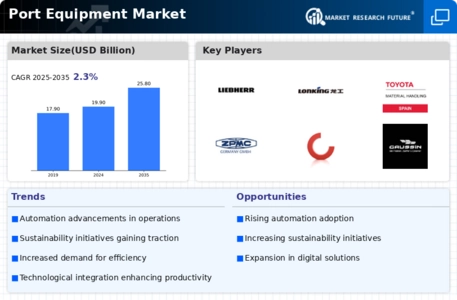
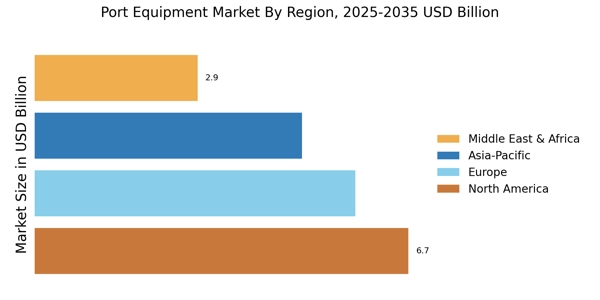
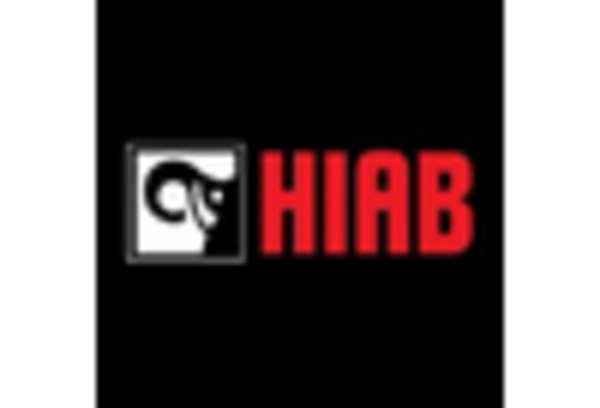


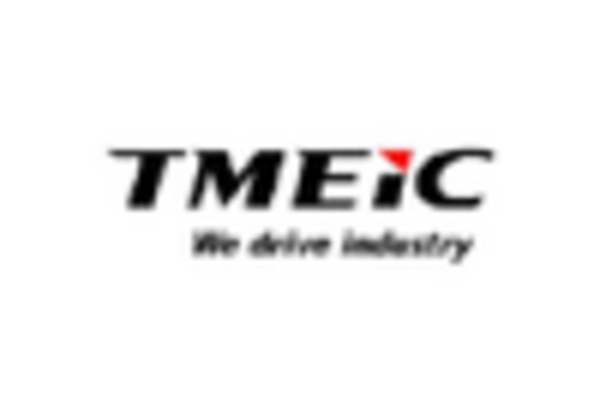
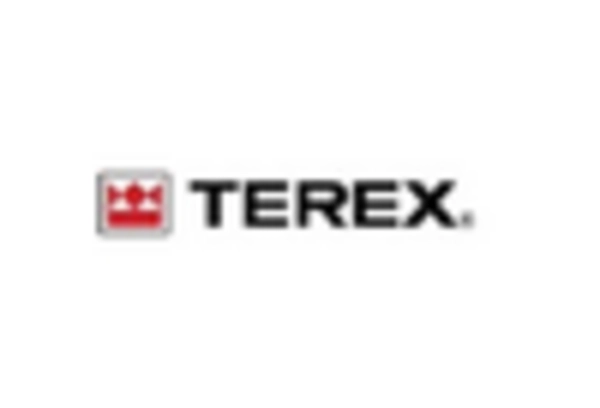
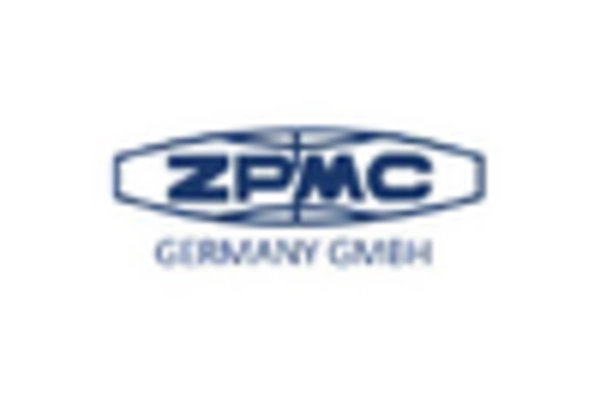








Leave a Comment